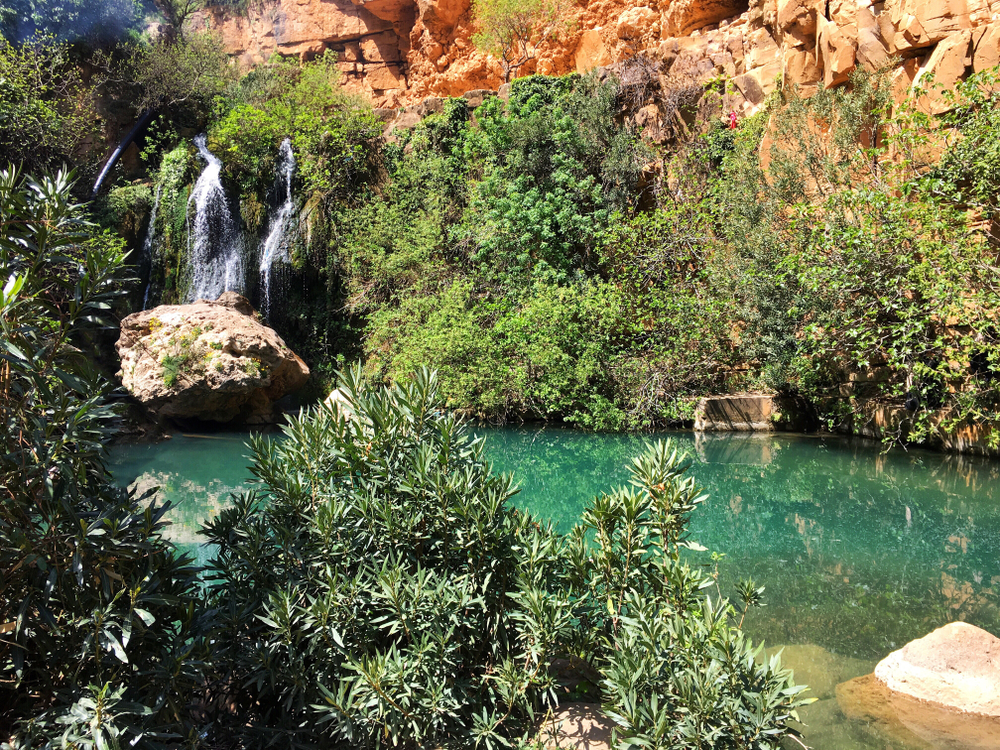El Kala Overview
El Kala National Park, located in northeastern Algeria near the border with Tunisia, is a diverse and ecologically rich protected area. Covering around 318 square miles (821 square kilometers), the park is renowned for its wide variety of ecosystems, including coastal lagoons, wetlands, dense forests, and mountainous terrain. Established in 1983, El Kala National Park has gained international recognition for its biodiversity and was designated a UNESCO Biosphere Reserve in 1990.
The park’s wetlands are particularly important, as they serve as vital habitats for migratory birds, including species such as flamingos, white storks, and herons. These wetland areas are fed by seasonal rains and provide an essential breeding ground for both birds and aquatic life. The forests, dominated by cork oak and maritime pine, are home to a variety of mammals, including wild boars, jackals, and the endangered Barbary deer, which is native to the region.
El Kala National Park also has a coastal section that features sandy beaches and dunes, where the Mediterranean Sea meets the park’s rich natural landscapes. This blend of environments makes the park a haven for nature lovers and ecotourism, offering opportunities for birdwatching, hiking, and enjoying the serene beauty of the region’s diverse ecosystems. Exploring the coastal regions is a diverse escape from the more arid and dry regions of the mountains and desert regions inland.
The park is not only significant for its natural assets but also for its role in protecting species that are endangered or vulnerable. Conservation efforts within the park aim to preserve both the wildlife and the unique habitats that support them. Visitors to El Kala National Park can explore its scenic trails, observe rare species, and enjoy the tranquility of one of Algeria’s most important natural reserves. With its diverse landscapes and rich biodiversity, El Kala stands as a model of conservation and a vital sanctuary for Algeria’s wildlife.

















































































